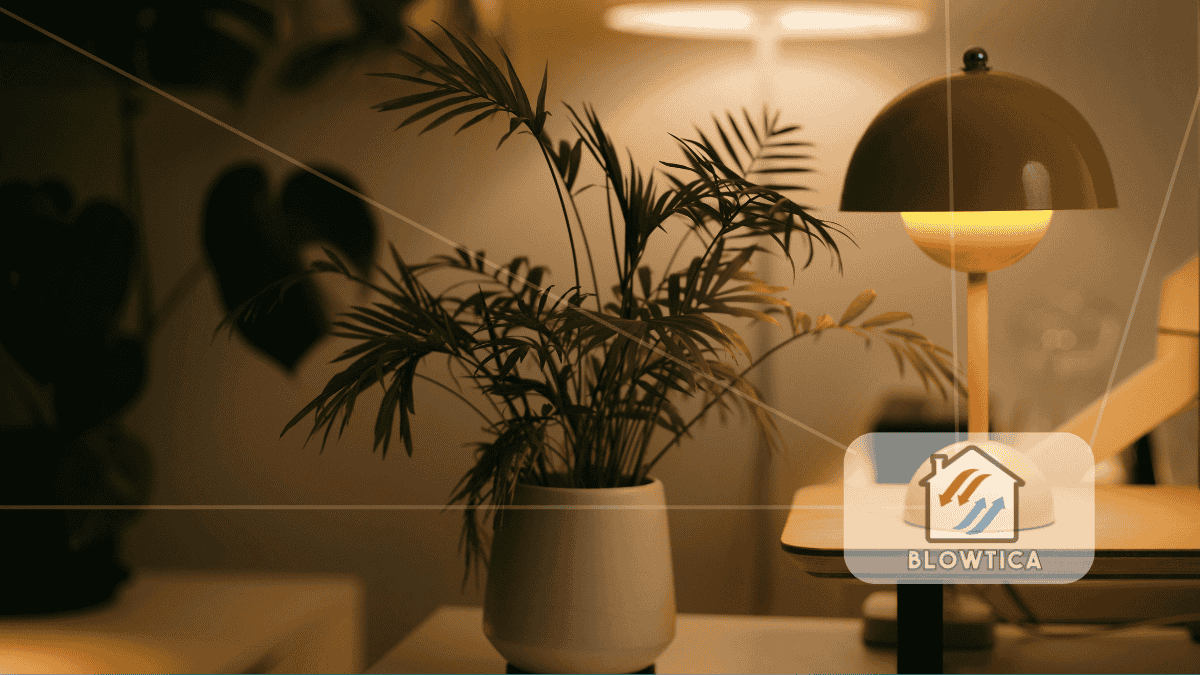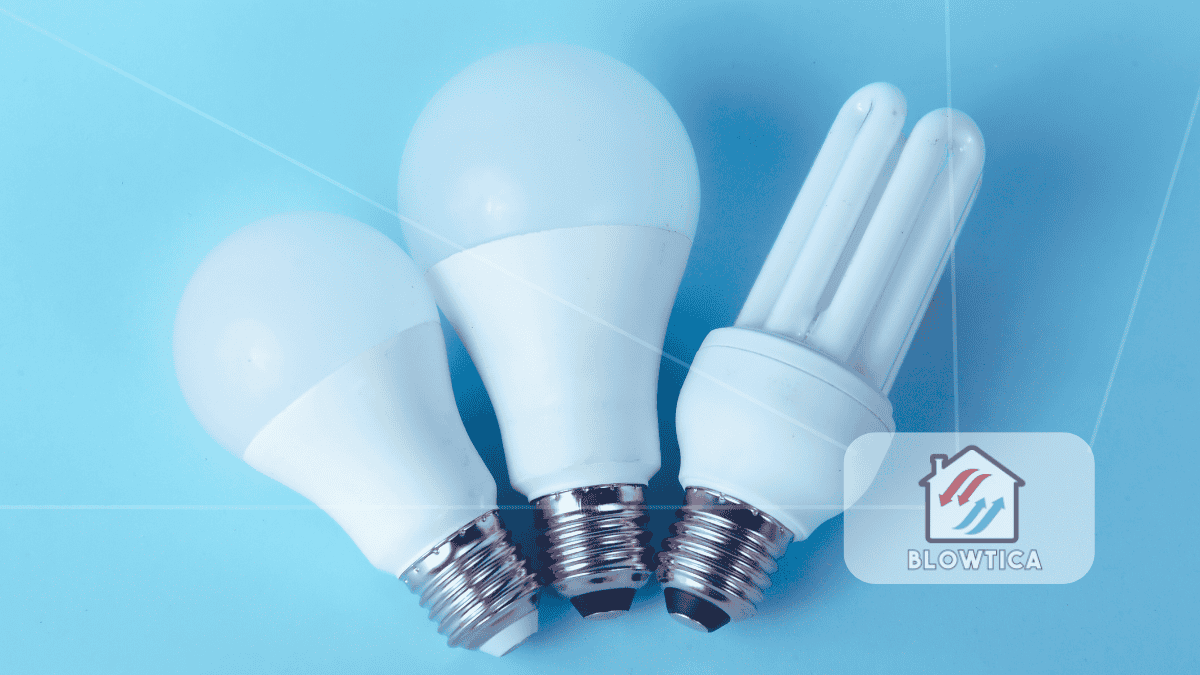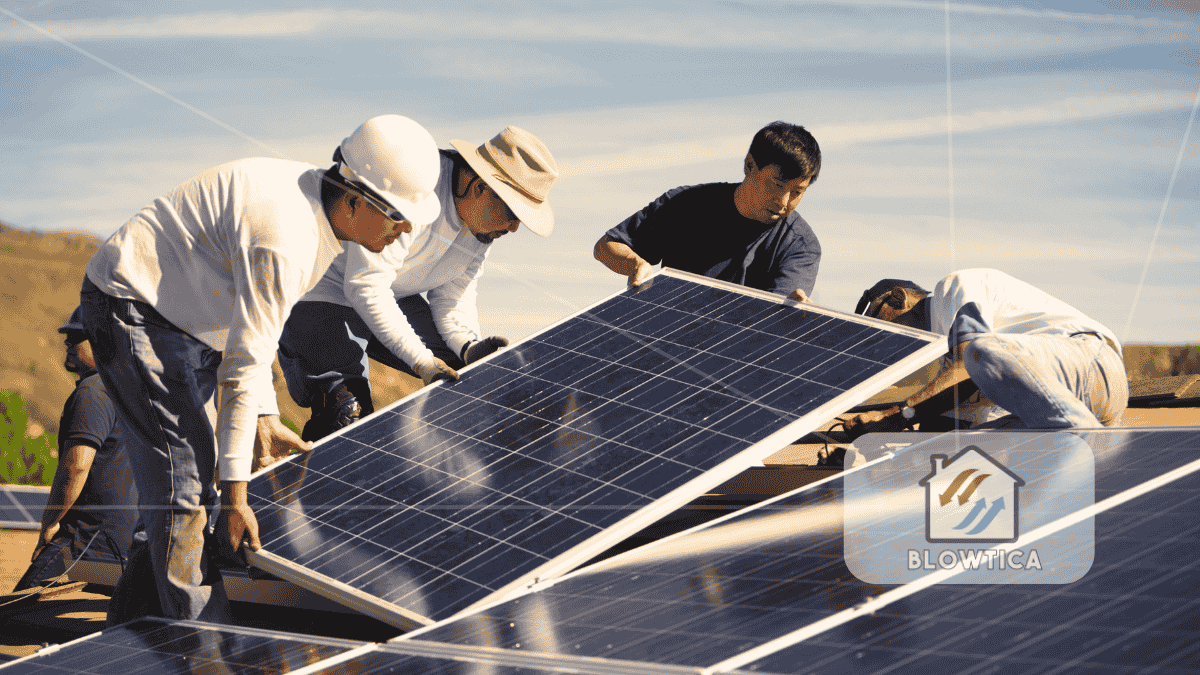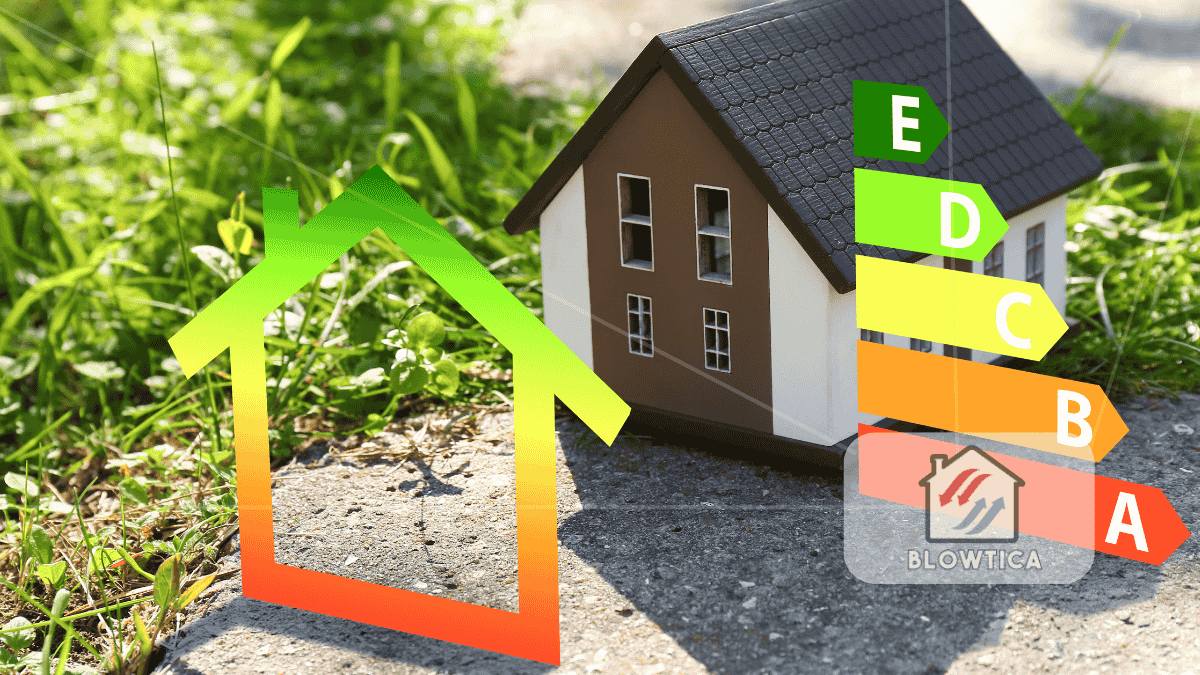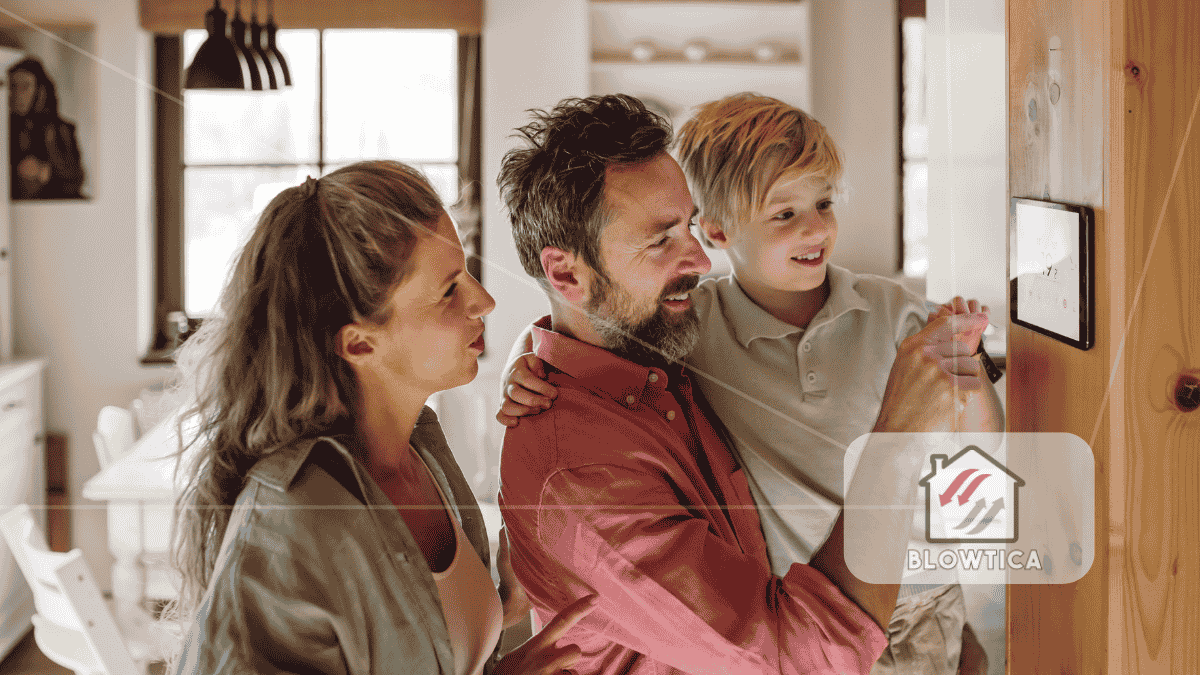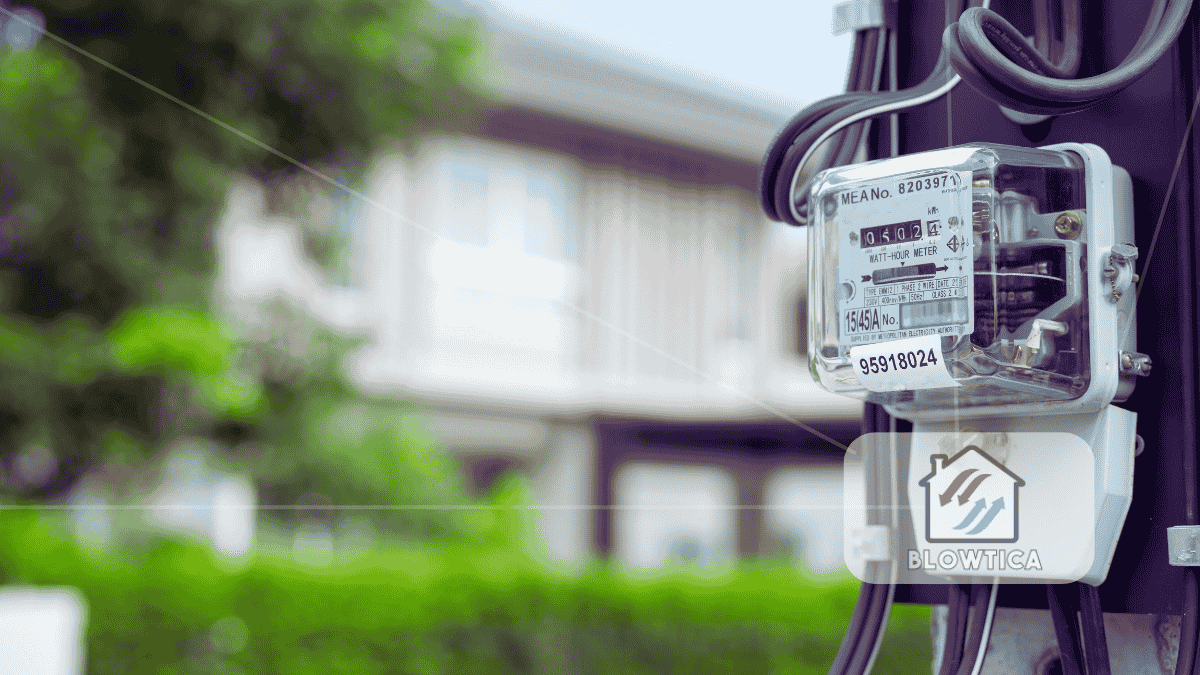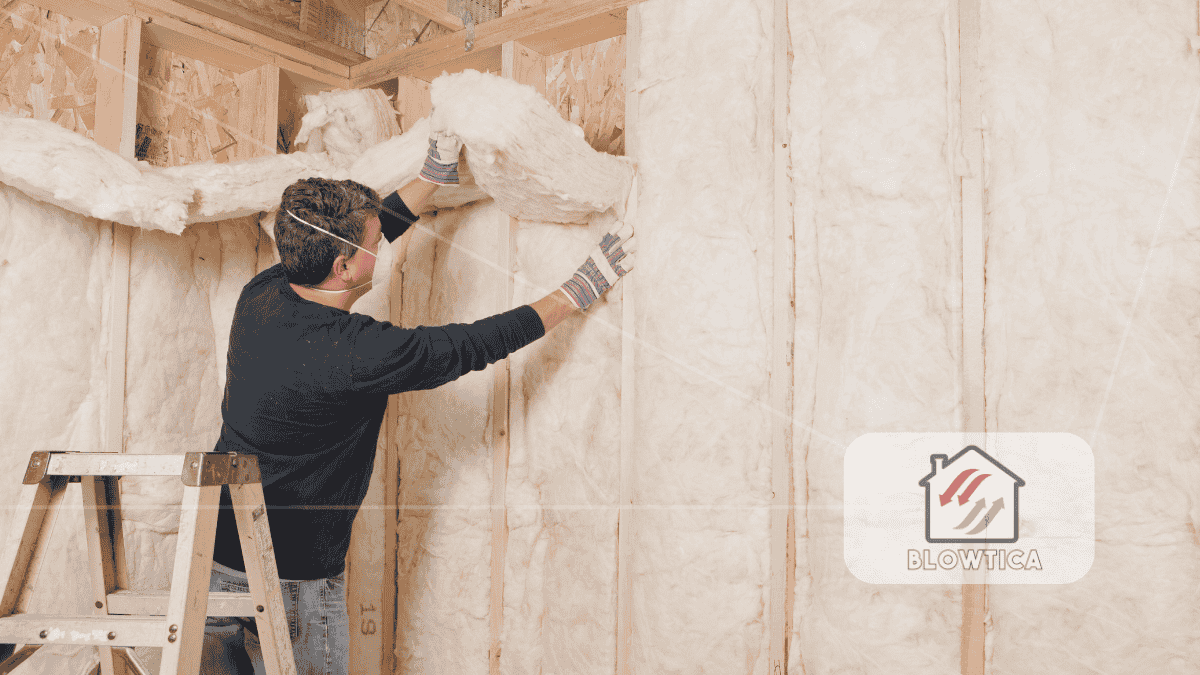
High energy bills? Rooms that never seem to stay warm or cool? Chances are your home’s insulation or lack of it is the culprit. Fortunately, the right home insulation solutions can fix these issues while saving money, improving comfort, and reducing environmental impact.
Whether you’re in a drafty century-old house or a newer build that’s just not cutting it, this guide breaks down practical, effective insulation upgrades you can actually use. We’ll cover the best materials, smart strategies, common mistakes, and what’s worth your investment.
Why Insulation Is Essential, Not Optional
Most people think of insulation as just another construction material, but it’s really the backbone of an energy-efficient home. A well-insulated house can slash heating and cooling costs by up to 20%, according to the U.S. Department of Energy. But the benefits go beyond energy savings:
- Better temperature control: No more hot spots or freezing floors.
- Improved indoor air quality: Keeps out allergens, dust, and pollutants.
- Noise reduction: Helps create a quieter, more peaceful home.
- Smaller carbon footprint: Less energy means fewer emissions.
In short, insulation improves how your home feels, functions, and performs.
Understanding How Heat Moves (and How to Stop It)
Before you dive into home insulation solutions, it helps to understand how heat flows. There are three ways it moves through your home:
- Conduction: Heat moves through materials, like when warm air travels through a wall.
- Convection: Heat circulates through air currents, especially around windows and doors.
- Radiation: Heat radiates from warm objects, like your roof baking under the sun.
The goal of insulation is to slow all three. That’s why pairing insulation with proper air sealing and reflective barriers creates the most energy-efficient results.
Key Areas to Insulate and Why They Matter
Every home has energy escape routes. Tackling the most vulnerable areas first gives you the best return.
1. Attic Insulation: Your Home’s Thermal Cap
The attic is a major energy leak point. Warm air rises, and if your attic isn’t properly insulated, you’re literally throwing money through the roof.
Top attic insulation options:
- Blown-in cellulose: Made from recycled paper, good for filling tight spaces.
- Fiberglass batts: Simple, and affordable, but must be carefully fitted.
- Spray foam: Seals and insulates in one step. Best for extreme climates.
Ideal R-value: R-38 to R-60, depending on your region.
2. Wall Insulation: Hidden Opportunity
If your walls aren’t insulated, or not well insulated, you’re losing money every hour. Walls make up the largest surface area in most homes and are often under-insulated, especially in older buildings.
Common wall solutions:
- Dense-pack cellulose: A go-to for retrofits. Fills empty wall cavities well.
- Spray foam: Costly but airtight and highly effective.
- Foam board exterior insulation: Great during siding replacements or renovations.
Sealing around outlets, plumbing penetrations, and baseboards also boosts wall performance.
3. Floor Insulation: Keep the Cold Down Below
Cold floors in the winter usually mean poor insulation underfoot. This is especially true over crawl spaces, basements, or garages.
Best options:
- Fiberglass batts: Affordable and effective if installed properly.
- Rigid foam panels: Work well beneath concrete slabs or unfinished spaces.
- Closed-cell spray foam: Ideal where moisture is a concern.
Add a moisture barrier when insulating crawl spaces to prevent mold and rot.
4. Basement and Crawl Space Insulation: Combat Damp and Drafts
Neglecting the basement could cost you more than you think. It may be responsible for up to 30% of your home’s heat loss. Don’t just insulate the ceiling. Treat the walls too.
Effective upgrades:
- Rigid foam on concrete walls: Moisture-resistant and adds thermal mass.
- Encapsulated crawl spaces: Combine insulation with vapor barriers and sealing.
- Rim joist sealing: Often overlooked but a major source of air leaks.
5. Windows and Doors: Minimize Drafts, Maximize Savings
Windows and doors are common weak spots. While you don’t need to replace them right away, small fixes can add up fast.
Quick improvements:
- Add weatherstripping to doors.
- Use caulk around window frames.
- Install thermal curtains or insulating film in winter.
If replacing, choose ENERGY STAR-rated models with double or triple glazing.
Choosing the Right Insulation Material
Not all insulation is created equal. Choosing the right material depends on your space, climate, and budget.
| Material | Best For | Pros | Cons |
|---|---|---|---|
| Fiberglass Batts | Walls, attics, floors | Affordable, DIY-friendly | Can irritate skin, poor air sealing |
| Blown-in Cellulose | Attics, walls | Fills gaps well, made from recycled paper | Can settle over time, messy installation |
| Spray Foam (Closed) | Attics, crawl spaces, rim joists | High R-value, air sealing in one step | Expensive, professional install required |
| Rigid Foam Board | Basements, exterior sheathing | Durable, moisture-resistant | More labor-intensive, less flexible |
| Mineral Wool | Walls, soundproofing | Fire-resistant, water-tolerant | Pricier than fiberglass |
Insulation and Soundproofing: A Bonus Benefit
Insulation does more than retain heat. It also absorbs sound. If you live near a busy road, have noisy neighbors, or just want quieter rooms, some home insulation solutions can pull double duty.
Best materials for noise control:
- Mineral wool: Dense and excellent for dampening sound.
- Blown-in cellulose: Helps reduce sound transmission in interior walls.
- Resilient channels plus drywall: These can be added to walls for better acoustics.
For multi-level homes, consider between-floor insulation to reduce footstep noise.
Common Insulation Myths Debunked
There’s a lot of confusion around insulation. Here’s what to ignore:
- “You can’t over-insulate.”
- Actually, you can, especially if you trap moisture or restrict ventilation.
- “All insulation is the same.”
- Not true. R-value, air sealing, moisture resistance, and application type vary widely.
- “New homes don’t need more insulation.”
- Many new builds only meet the minimum code, which is often not enough.
- “Insulation only matters in cold weather.”
- It works both ways. Keeping heat out in summer is just as important.
Don’t Skip Air Sealing
Even top-tier insulation can underperform if your home leaks air. Tiny gaps and cracks around pipes, vents, and wiring can let in outdoor air and let conditioned air escape.
Key places to seal:
- Attic hatches
- Plumbing and wiring holes
- Recessed lights
- Rim joists
- Window frames
Use caulk, expanding foam, or specialized gaskets depending on the gap.
DIY or Professional Installation?
Some home insulation solutions are simple enough for a confident DIYer. Others require experience, safety gear, and precision.
DIY-friendly projects:
- Installing fiberglass batts
- Sealing doors and windows
- Laying rigid foam in inaccessible areas
Hire a pro for:
- Spray foam insulation
- Whole-house retrofits
- Blown-in cellulose for closed walls or attics
A professional energy audit, often subsidized by utilities, can also pinpoint exactly where your home is losing energy.
Incentives and Rebates Can Offset Costs
Insulating your home can pay for itself faster than you might think. Many governments and utilities offer cash-back programs, tax credits, or zero-interest loans for energy upgrades.
What to check for:
- Federal tax credits
- Local rebates through utility companies
- State energy-efficiency programs
Be sure to use certified materials and licensed installers if the program requires it.
Long-Term Payoff: Crunching the Numbers
Insulation isn’t a glamorous upgrade, but it’s one of the smartest. Here’s a ballpark look at potential savings:
| Project | Cost Estimate | Annual Energy Savings | Payback Period |
|---|---|---|---|
| Attic Insulation | $1,200 to $2,500 | $200 to $400 | 3 to 5 years |
| Wall Insulation | $2,500 to $6,000 | $300 to $600 | 4 to 7 years |
| Crawl Space Sealing | $800 to $2,000 | $100 to $250 | 3 to 4 years |
Once paid off, those savings keep coming year after year.
Final Takeaway: Invest in Efficiency, Reap the Rewards
The best home insulation solutions don’t just pad your wallet. They improve your entire living experience. You get stable indoor temperatures, fewer drafts, lower energy bills, and a quieter, healthier home.
Start with an audit or a walkthrough. Identify problem areas, pick materials that fit your budget and goals, and seal as you insulate. Whether you’re building, remodeling, or just making targeted improvements, every layer of insulation adds up.
A more efficient home is not just good for your bottom line. It’s good for the planet and everyone living under your roof.



